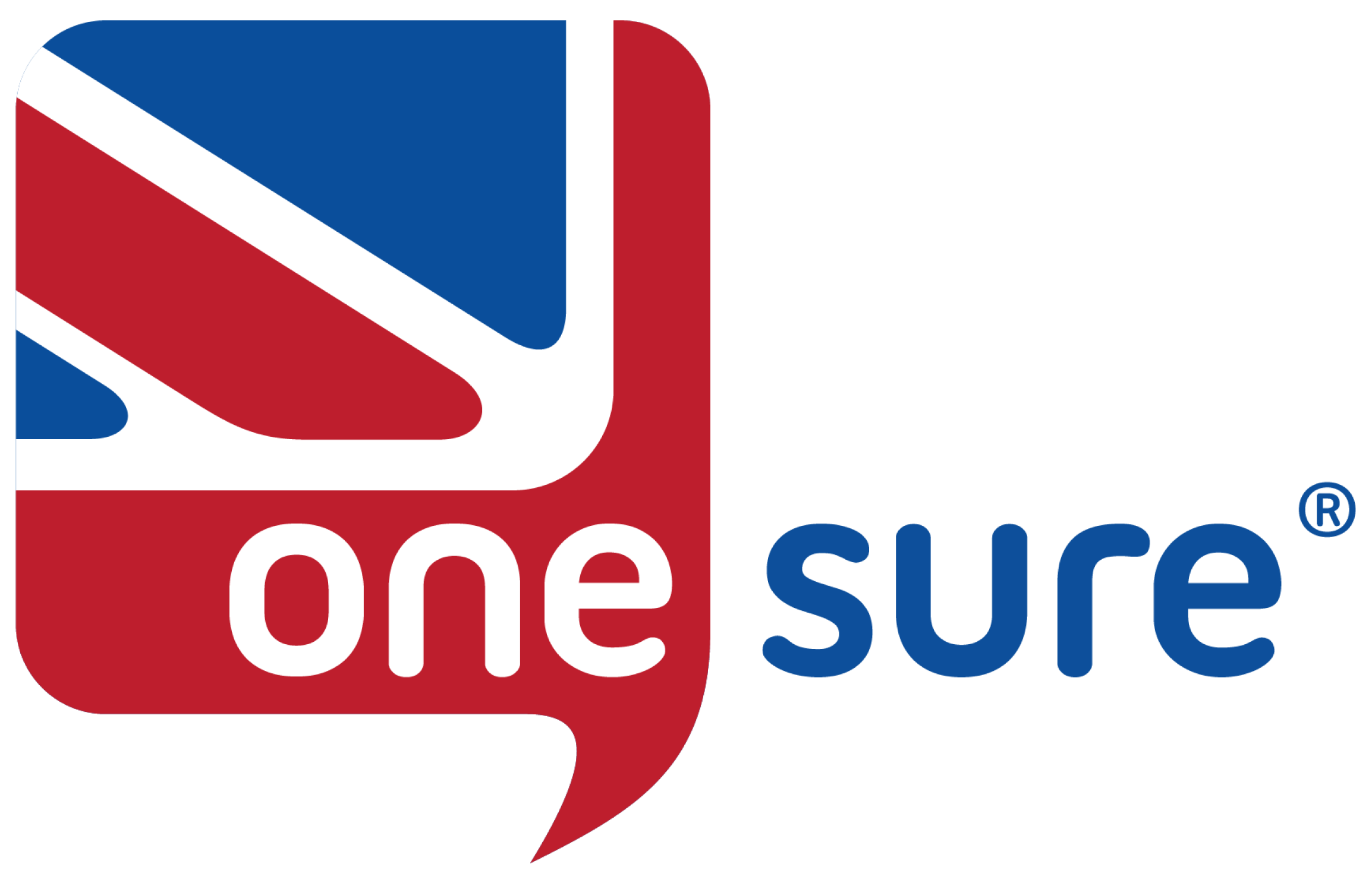This website uses cookies so that we can provide you with the best user experience possible. Cookie information is stored in your browser and performs functions such as recognising you when you return to our website and helping our team to understand which sections of the website you find most interesting and useful.
-
5, September 2024
-
Time to read: 7 mins
The UK’s Top Ten Driving Test Faults in 2024

With under half of UK drivers passing their test, One Sure Insurance is exploring the latest data on driving test faults and if it is possible to not make any on your driving test.
No matter how old you are, passing your driving test is no easy feat. With the UK pass rates scraping in just below half at 48.4% and Britain’s theory test ranking as the 16th hardest in the world, learner drivers will have their work cut out for them on the road to trading their ‘L’ plates for pass plates.
In this blog, we’ll go through the top ten driving faults made on the practical test, how many people pass without any faults, and what faults can put the brakes on your test early.

How many people pass their driving test with zero faults?
Let’s be honest: driving tests are hard. However, it is possible to pass your test without any faults. According to the Driving Vehicle Standards Agency (DVSA), out of the 1,945,225 driving tests carried out in the UK from April 2023 to March 2024, 2.0% of tests had zero faults. Only 4.2% (38,771) of the 931,494 test passes occurred without any faults.
Even though it might seem like a hassle for learners, driving tests are difficult for a reason: the high standards of these tests will, in theory, prepare you to drive safely.
Gaining experience on top of this solid foundation of safe driving skills will come in handy as you’ll be less likely to make a claim on your car insurance in future. And the fewer claims you make, the more savings you can gain on your premiums.
The longer a driver goes without making a claim on their insurance, they can gain a No Claims Bonus (NCB) – sometimes called a No Claims Discount (NCD) – that allows them to save more money on their insurance. In a nutshell, an NCB is essentially a reward for driving safely.
So now that we know it is possible to pass with zero faults, let’s look at what you need to be aware of to avoid making the most common mistakes.
Top Ten Driving Test Faults Made From April 2023 to March 2024
2. Mirrors – change direction.
5. Response to signs – traffic lights.
7. Response to signs – traffic signs.
8. Response to signs – road markings.
9. Positioning – normal driving.
(Source: DVSA, 2024)
Let’s go through what each fault means and why they are essential to avoid.
Are you looking for one driving fault in particular? Choose from the contents above. The page will automatically scroll to the information.

What are the most common faults in a driving test?
1. Junctions – observation.
Junctions can be overwhelming for learners as a lot is going on. As a driver, you should be able to make sure it is safe to move off by making the correct observations at junctions.
What observations should you be doing at a junction? Think judging the speed of other vehicles and entering the roundabout when it is absolutely clear. Not carrying out the correct observations can increase your chances of being hit by another vehicle and that of other drivers. Trust us, you don’t want anyone needing to make an emergency stop to avoid bumping into you during your driving test.
2. Mirrors – change direction.
Everyone who has passed their driving test will remember these three magic words: Mirrors. Signal. Manoeuvre. Mirror checks can easily be forgotten when you’re in a hurry, so it’s unsurprising that many commit this fault on their test.
Ideally, you should use your mirrors when changing speed and direction and before signalling. This means that you’ll need to do the classic ‘mirror, signal, manoeuvre’ routine in two areas that learner drivers find challenging: changing lanes and exiting on both roundabouts and dual carriageways. You can endanger yourself and other drivers if you don’t do your mirror checks.
3. Move off – safely.
Moving off while making the right observation checks sounds simple, yet it is the third most common fault on the list. Drivers should be able to move safely from the roadside, on a hill, and behind a parked car without endangering others or causing drivers to slow down and make emergency stops.
Moving off safely usually involves observations such as checking your blind spots and mirrors for approaching cars and pedestrians. So, as we said above, don’t forget: Mirrors. Signal. Manoeuvre.
4. Junctions – turning right.
Turning right at a junction can be scary for learner drivers. At first, it involves absolutely going against instinct and moving away from the left side towards the centre of the road. However, you can’t just spend all of your driving time turning left!
Plenty of drivers manage to turn right safely every day, but it’s easy to make minor errors when carrying out such a simple, everyday necessity. Faults to watch out for include using the left lane to turn right on a roundabout when you shouldn’t and positioning your car incorrectly to the left when turning right on a road without markings.

5. Response to signs – traffic lights.
Not responding to traffic lights can put you and other drivers in grave danger. We can’t stress enough to learners that reacting correctly to lights is imperative on the road during and after your driving test.
Driving through a red light is the fault that most think of when it comes to this type of error. However, stopping beyond the white line in the area for cyclists, driving through a green light when the junction is not clear, and blocking junctions by not progressing when it is safe also fall under this type of fault.
6. Control – steering.
Drivers must be able to control the car via the steering wheel and make the correct manoeuvres at the appropriate moments. In fact, around one in ten collisions in the UK are caused by dodgy turns and manoeuvres, which a lack of control of the wheel can cause.
Not surprisingly, hitting the kerb and mounting the pavement—something many drivers are guilty of—also result from poor steering control. Steering late at junctions, not steering enough at corners, and steering too late all fall under this umbrella of faults.
7. Response to signs – traffic signs.
We know the traffic signs part of your theory test revision was long and a bit boring. However, The Highway Code exists to keep you safe on the road, and the signs are a huge part of that process.
Faults such as going to the wrong side of a ‘keep left’ sign, completely ignoring ‘stop’ and ‘no entry signs’, not adjusting your speed when a sign dictates a change, and driving in a bus lane are all errors to avoid to prevent committing this driving test sin.
8. Response to signs – road markings.
Along with understanding road signs, you must also know what the road markings mean. Errors such as turning left when the markings dictate a right turn, straddling lanes on a roundabout, ignoring box junctions, and not following the markings on a mini roundabout fall into this fault category.
9. Positioning – normal driving.
Every driver should be able to maintain a safe position on the road and change lanes safely when needed. Although this sounds simple, it has still made it to the top ten. Driving too close to the kerb, too close to the centre of the road, and cutting across on roundabouts are mistakes you must be aware of to avoid making this fault.
10. Use of speed.
Tom Cruise’s character, Maverick, in Top Gun, famously declares: ‘I have a need, a need for speed’. Learner drivers (and motorists in general) – do not have the same need, yet the use of speed has still managed to land in the top ten driving test faults.
Remember, be mindful of going too fast and adjust your speed accordingly to the weather changes, road signs, and limits. Driving over the speed limit is not only a danger to other drivers but can eventually result in a driving conviction. Convicted drivers struggle immensely to get insurance and often need specialist convicted car insurance with a higher premium due to the risk they pose on the road.

What are the maximum allowed mistakes on a driving test?
To pass the test, you need to demonstrate safe and competent driving, avoid serious or dangerous faults, and keep minor mistakes to a minimum.
You are not allowed to make any major mistakes. However, you can make up to 15 minor mistakes and still pass the test. But if you make the same minor mistake repeatedly, it can escalate to a serious fault, which would lead to failure.
What is the difference between a major and a minor driving test fault?
The key difference is that minor faults are less severe. These small mistakes or isolated incidents don’t pose an immediate danger but could still be risky, like not checking mirrors often enough or slight misjudgments in road positioning.
Major faults carry greater risk and can lead to immediate failure. These are split into ‘serious’ and ‘dangerous’ faults. A serious fault is a significant error that could lead to a dangerous situation, like failing to give way at a junction. A dangerous fault, such as not stopping at a red light, poses an immediate risk of harm.
Ultimately, you should focus on driving safely and responsibly, not just for the test but for every journey ahead. However, even the safest drivers can be in an accident, so getting the right cover is essential. If you’re ready to hit the road, call us on 0800 377 7390, and we’ll do the hard work of finding the insurance you need.

